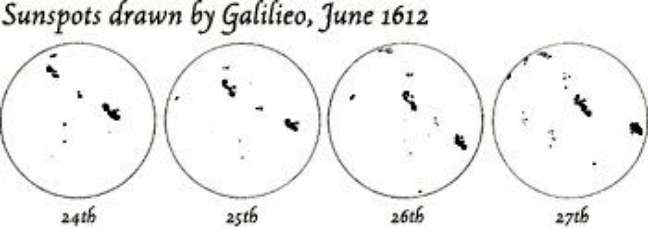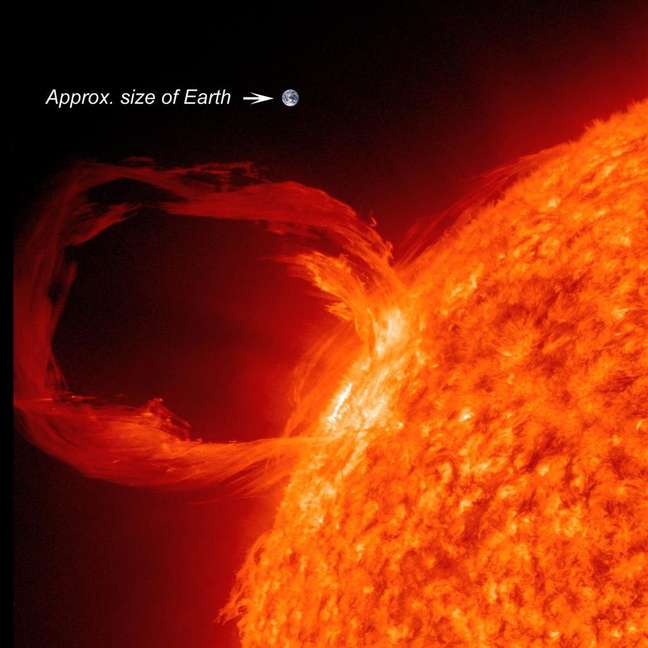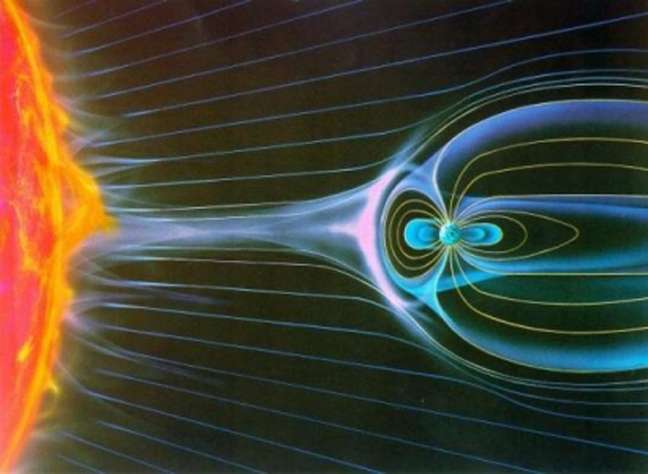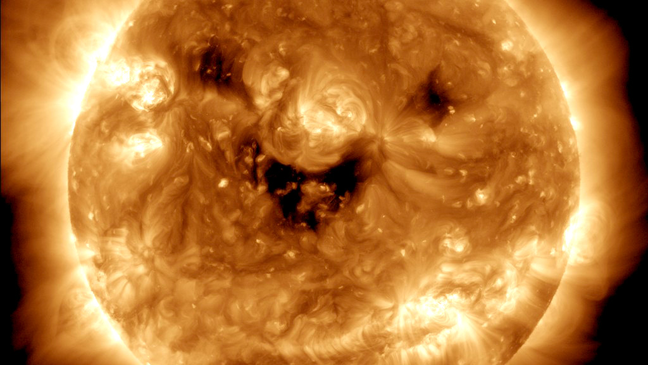What does an 11-year solar cycle look like and what happens during that time? What is the solar minimum and maximum? And why are scientists so interested in this?
Every 11 years, the Sun experiences changes in the sunspot-producing activity on its surface. During this period, our star fluctuates, starting with a phase of minimal activity, increasing to a peak and finally a decline that concludes the cycle.
- This was the largest solar storm in centuries and it could happen again someday
- How does the Sun “catch on fire” if there is no oxygen in space?
What is the solar cycle?
Also known as the solar magnetic activity cycle, or Schwabe cycle, (named after Samuel Heinrich Schwabe, who first identified the phenomenon), changes every 11 years affect the size and number of sunspots.
In each of the three phases of the cycle (low-high-low), the probabilities of a solar storm reaching Earth also change, as they are directly related to sunspots. Therefore, astronomers work continuously to understand and predict the appearance of the spots in advance.
Predicting sunspot formation in advance is important for protecting the Earth from geomagnetic storms, which can damage orbiting satellites and spacecraft, and even ground-based power grids. At solar maximum, the chances of severe storms are higher.

Solar minimum is described by a decline and “quiet” weather on the surface averaging over 12 months. Therefore, the determination of the date of the solar minimum within a new cycle can only take place 6 months after the detection of the decay. Sometimes, at the very least, the Sun can go days without showing any spots.
The 11-year period in one is not an absolute but an average. The duration of a cycle can vary from 9 to 14 months, as well as each of its phases. In other words, none of these evolutions are linear; this makes it even more difficult to predict the formation of imperfections.
Discovery of the solar cycle
This cycle has been observed for centuries, when astronomers like Galileo Galilei were able to see and record sunspots in their sketches and notes. Even before Galileo, around the year 1120, the Chinese had already observed the spots with the naked eye and recorded their discoveries.
But it was only in 1843 that Samuel Heinrich Schwabe, after 17 years of observations, discovered that the variation in the size and number of spots was periodic. In 1852 Rudolf Wolf created the solar cycle counting system, assigning the number 1 to the one started in 1755.

With the knowledge accumulated over the centuries, scientists have managed to discover more and more phenomena in the patterns of variation of solar activity, but there is still much to understand about the mechanisms behind it.
Understanding and predicting the 11-year solar cycle remains a major challenge for astronomers. There are currently probes in space that approach the Sun to study it more closely, such as Solar Orbiter and Parker Solar Probe.
What happens in a solar cycle?
In addition to changes in the number and size of sunspots, phenomena such as faculae, solar flares, and coronal mass ejections are also related to cycles.
Faculae are luminous magnetic elements in the photosphere, the visible surface of the Sun, located below the chromosphere. They extend into the chromosphere, where they are called plages. The amount of faculae and the size of the plage varies according to the solar cycle.
Solar flares and coronal mass ejection events are also related, since the magnetic field is involved in all of these phenomena. The complex magnetic field structures that form the corona, for example, evolve in response to fluid motions on the solar surface.

These magnetic structures, especially magnetic field lines, conduct plasma (the ionized gaseous material that makes up the Sun) and sometimes create “bubbles” and filaments of plasma on the sun’s surface. But they eventually lose stability, leading to solar flares and coronal mass ejections.
Both flares and ejections are explosive events caused by the breaking and reconnecting of magnetic filaments that drive the release of ultraviolet radiation, X-rays, and charged particles. The events are energetic enough to send the radiation and particles out into the entire inner Solar System and beyond, including Earth.
When this emission reaches our planet, they collide with the earth’s magnetic field, which protects us from an aggressive impact. However, our magnetic field lines close at the poles, where charged particles can seep into our atmosphere – astronomers call it the solar storm🇧🇷

The ionosphere, one of the Earth’s atmospheric layers, tends to interact with these particles, creating spectacular polar auroras🇧🇷 Depending on the strength of that storm, however, it may not be enough. Also, Earth’s orbit, where communications satellites and the International Space Station are located, is above the protection of the ionosphere.
Such events are natural and can occur at any time; however, during the peak activity of a cycle, sunspots are larger and more numerous. This is a visible sign of the intense activity associated with the Sun’s magnetic field, which can result in more dangerous solar storms.
On the other hand, during the solar minimum period in a cycle, the decay of the sunspot number indicates less solar activity. While there are still risks of relatively strong solar storms, the chances decrease dramatically.
Trending on Canaltech:
- Sheep are caught walking in circles for 12 days straight
- What is the difference between tomography and magnetic resonance imaging?
- 1 billion young people could lose their hearing if they wear the wrong headphones
- The matriarch | Check out the new horror movie from Star+
- 7 psychological horror movies on Netflix
- Snake dies after being bitten by a child in India
🇧🇷The best content in your email for free. Choose your favorite Terra newsletter. Click here!
Source: Terra
Camila Luna is a writer at Gossipify, where she covers the latest movies and television series. With a passion for all things entertainment, Camila brings her unique perspective to her writing and offers readers an inside look at the industry. Camila is a graduate from the University of California, Los Angeles (UCLA) with a degree in English and is also a avid movie watcher.






